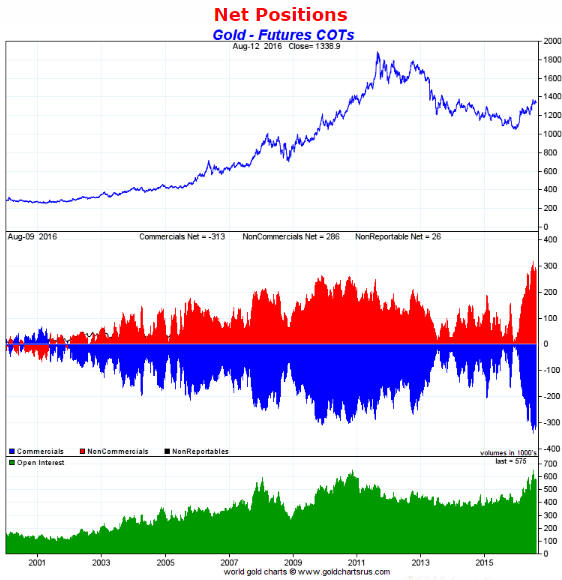People are naturally attracted to viewpoints that are similar to their own and to information that supports what they already believe. In fact, most people go out of their way to find articles and newsletters that are biased towards their pre-existing views of the world. However, they should do the opposite.
If you seek-out information that supports what you already think you know and exclusively read authors whose opinions match your own, you will never learn anything. All you will do is increase your comfort in, and therefore entrench, views that may or may not be correct. You will never find out if your views are incorrect because you are refusing to objectively consider any alternatives.
Even when a particular belief leads to a decision that, in turn, leads to a devastating loss, you probably won’t accept the possibility that the premise behind your decision was wrong. Instead, you will assume that the decision was soundly based but that unforeseeable external factors intervened to bring about the bad result. Rather than acknowledge that your premise was wrong you might, for example, conclude that a nefarious force manipulated events such that a logically prudent course of action on your part was made to look ill-conceived.
Seeking out and focusing on information, analyses and opinions that mesh with your existing beliefs is called confirmation bias. An antidote is to go out of your way to read articles and other pieces of literature that challenge your dearly-held beliefs.
For example, if you strongly believe that financial Armageddon lies around the next corner then the last thing you should do is devote a lot of your finance-related reading time to the Zero Hedge web site. Instead, you should seek-out sites that present less-bearish analyses and conclusions. This way you can make decisions based on a wider range of information, not just information that has been carefully selected to support one particular outcome.
If you can keep an open mind while reading articles and assessing information that does not agree with your current beliefs, then you have a chance of learning something and avoiding pitfalls. After all, it ain’t what you don’t know that gets you into trouble; it’s what you know for sure that just ain’t so*.
*A Mark Twain quote
 Print This Post
Print This Post


